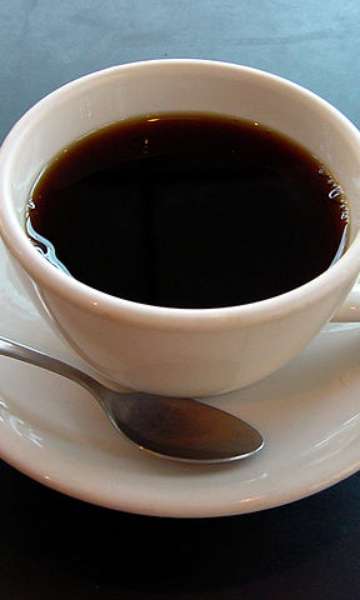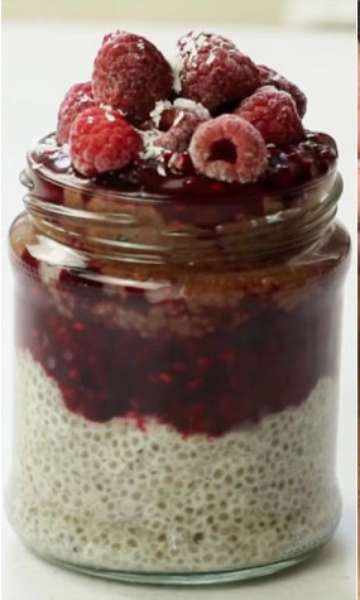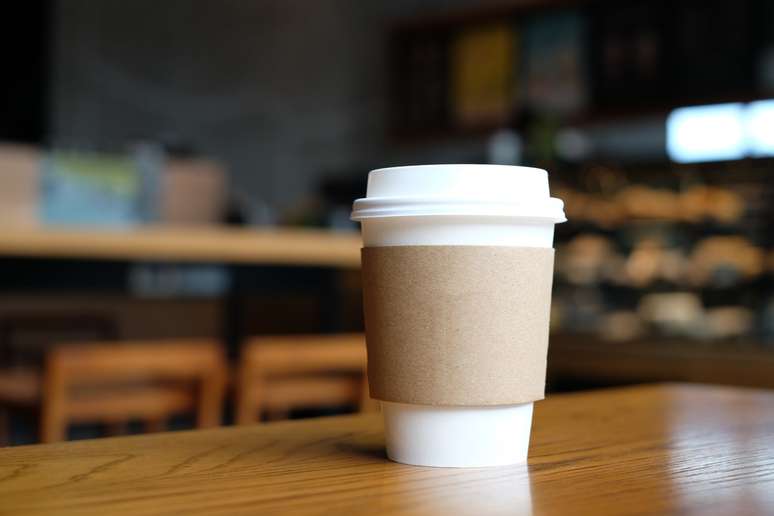Disposable cups can release substances that are harmful to the environment or to health
html[data-range=”xlarge”] figure image img.img-f156e0b536d30067f96c0ef91b23b9d4rcnb99u4 { width: 774px; height: 516px; }HTML[data-range=”large”] figure image img.img-f156e0b536d30067f96c0ef91b23b9d4rcnb99u4 { width: 548px; height: 365px; }HTML[data-range=”small”] figure image img.img-f156e0b536d30067f96c0ef91b23b9d4rcnb99u4, html[data-range=”medium”] figure image img.img-f156e0b536d30067f96c0ef91b23b9d4rcnb99u4 { width: 564px; height: 376px; }HTML[data-range=”small”] .article__image-embed, html[data-range=”medium”] .article__image-embed {width: 564px; margin: auto 0 30px; }
Brazilians are used to having coffee in ceramic or glass cups, paying and leaving. But, for some time now, many have decided to embrace a typical North American custom: carrying a large disposable cup containing the drink on the streets.
After all, if you throw glass in a recyclable container, the damage to the environment won’t be that great, right? Um, more or less…
A recent study shows that paper cups from large fast food chains can be as toxic as conventional plastic if they end up in the environment. The thing is, despite looking environmentally sound, these paper cups are lined with a thin layer of plastic to prevent their contents from seeping into the paper, and this coating can release toxic substances.
Researchers at the University of Gothenburg in Sweden tested the effects of paper and plastic cups on mosquito larvae, commonly used in toxicity tests. Result? After four weeks it was clear that the contaminated water had hindered its development.

Unbeatable: find out how to prepare the perfect coffee
It is difficult to know the source of the problem
Ecotoxicologists did not carry out chemical analyzes to see what substances had leaked out of the paper cups, although the team suspects a mixture of chemicals caused the damage. But it’s hard to say more, as the researchers aren’t sure what materials are in the cups. “This would all be a lot easier if companies were forced to tell us what they use in their products,” said researcher Bethanie Almroth in a report on the study in the journal wired.
Coffee mugs are made from a complex mix of synthetics and chemicals. Manufacturers add processing aids, heat stabilizers and other substances, many of which are known to be toxic.
While plant-based materials are used, such as polylactic acid, a material derived from corn, cassava or sugar cane used to coat paper cups, manufacturers often add a number of other chemicals during processing. And the mixture of these substances could also have harmful effects, according to toxicologist Jane Muncke, director of the organization Food Packaging Forum, in Switzerland.
Improving recycling practices would be a logical step to try and prevent harmful chemicals from reaching nature, but researchers say the best course would be to eliminate disposable paper cups altogether. It’s just that, for most recycling centers, it’s difficult to separate the plastic liner from the paper cup. Many coffee shops collect them for recycling, but having to leave paper cups in specific places takes away from the convenience of a single-use product.

Are you in a rush? Check out the practical breakfast options
Ingestion of chemicals?
Plus, chemical release isn’t just an issue when paper cups are tossed in the trash. There are indications that harm can begin when a cup is used, which means a possible health risk to those who consume the drink.
In 2019, an Indian research team filled paper cups with hot water to see if any plastic particles or chemicals were released. The team from the Indian Institute of Technology in Kharagpur was stunned by the number of microplastic particles that penetrated the hot water in 15 minutes. An average of 25,000 particles were released per 100ml of glass.
The researchers also found traces of harmful chemicals and heavy metals in the water and plastic coating, respectively.
“Reusable” cups aren’t necessarily better when it comes to leaching chemicals, as they’re often made from plastic; heat and wear accelerate the release of chemicals, and acidic beverages like coffee absorb chemicals more easily.
The carbon footprint of reusable plastic cups is also debatable: It’s estimated that a reusable cup needs to be used between 20 and 100 times to offset its greenhouse gas emissions compared to a disposable one, according to some estimates.

Facts about coffee
The search for safer and more sustainable solutions continues. Some companies have created edible cups made from waffles or cookies, or have used an origami-like technique to fold paper into cups.
Is glass better?
Glass, for example, keeps drinks hot longer and is chemically inert, meaning there is no chemical leaching (even the glaze on a ceramic mug is slightly soluble and can leach chemicals to some extent). measure, according to the report!).
But while glass is infinitely recyclable, it has a bigger environmental impact than plastic. It is made from natural raw materials such as sand, which must be mined and melted at very high temperatures.

Discover 10 facts about coffee
Another option is stainless steel, a metal commonly used in reusable water bottles. However, the coffee in steel cups cools down faster than ceramic and glass cups.
In other words, there is no simple solution to the problem. But while experts try to find alternatives that are more sustainable and just as affordable, it might be best to ditch the take-out coffee habit.

Why you shouldn’t skip breakfast
Source: Terra
Ben Stock is a lifestyle journalist and author at Gossipify. He writes about topics such as health, wellness, travel, food and home decor. He provides practical advice and inspiration to improve well-being, keeps readers up to date with latest lifestyle news and trends, known for his engaging writing style, in-depth analysis and unique perspectives.







![Everything for the Light: Tess’s Secrets … That Waiting for You Week On August 28, 2025 from August 1, 2025 [SPOILERS] Everything for the Light: Tess’s Secrets … That Waiting for You Week On August 28, 2025 from August 1, 2025 [SPOILERS]](https://fr.web.img6.acsta.net/img/7a/2f/7a2f52c51a5acdc37251520c890ba352.jpg)
